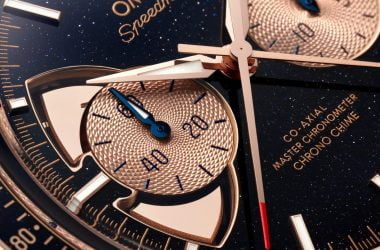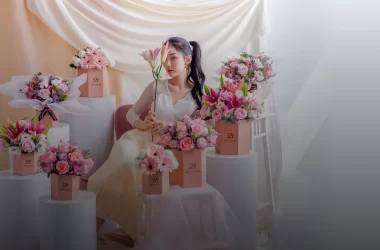
If you’ve been through a lot, like blowouts, curling iron styles, and a few intense color changes, your hair can feel dry, brittle, and kind of hopeless. But take a deep breath—you aren’t stuck with that breakage for good. With a plan, you can restore strength, add shine, and confidently style your hair again without fear of damage.
What Causes Most Hair Damage?
The majority of damage comes from repeated exposure to high heat and aggressive chemical services. Over time, flat irons and curling irons weaken your cuticle. Bleaching or permanent color causes the cuticle to rase, which lets vital moisture escape. Even things like UV exposure, rough drying with a towel, tight ponytails, and not trimming your hair also adds up.
For additional information, visit this site https://www.healthline.com/health/hair-breakage#hair-ties.
When your cuticle has lifted and the keratin bonds in the hair are weakened, each strand exhibits a loss in elasticity. That’s why hair keeps snapping as soon as you brush it, why it looks frizzy even after you smooth it, and why it won’t hold a style like it used to.
Protein vs. Moisture Treatments
Think of your hair like a brick wall. The protein is the bricks, and the moisture acts like the mortar. If you are lacking in protein, your hair will feel weak and stretchy; if you are lacking in moisture, your hair will feel dry and rough. The balance between the two (protein or moisture) is the sweet spot. Having too much of either can cause additional breakage.
Before you pick a mask, take a moment and evaluate your hair’s feel and behavior. Then, match your treatments to what your strands require:
- Use proteins when hair stretches out a lot, not bouncing back, when breakage increases, or after lightening treatments. Look for words such as “repair,” “strength,” or hydrolyzed protein on the label.
- Use moisture when coarse, tangling, or dull hair. A weekly deep conditioning treatment with humectants (such as glycerin) and emollients (such as oils) helps to bring back softness.
- Alternate proteins and moisture treatments if you heat style a lot, adjusting based on how your hair’s feeling from week to week.
Do Bond-Builders Actually Work?

Bond-building treatments work on the disulfide bonds inside hair—the bonds that color and bleach disrupt. These treatments don’t “heal” hair permanently but can relink broken bonds and significantly improve strength and shine between treatments. If you’re a color lover, that means you’re going to have a lot fewer snapped ends and longer-lasting color revision or brightening sessions.
For the best results, combine a bond service in the salon with an at-home step 1-2 times a week. If you’re unsure where to start, set up a consultation at a hair salon Houston guests recommend and ask them how bonding could fit into your services and budget.
When Should You Cut vs. Treat?
Treatments can do a lot, but they cannot put split ends back together! If you see white dots at the tips, ends that feel like Velcro, or breakage that seems to keep traveling up the shaft, it’s time for a trim. A custom haircut that dusts away the worst damage—and reshapes your style—immediately makes hair look healthier and stops splits from climbing higher.
If your damage is mild to moderate, and you are being intentional with masks to strengthen the hair, and using low-heat styling, you may get away with stretching those trims to every 8–12 weeks. If your damage is severe (think mushy when wet, or snapping off in clumps), be ready for a series of small trims until the worst is gone and maintain the hair with gentle care.
At-Home vs. Salon Solutions
You will be able to speed up progress by combining smart daily habits with smart salon care. Protecting your hair in between appointments can ensure you can maximize the experience of every salon treatment; salon treatments may expedite what you’re already doing at home.
Here’s how to divide the work so your hair rebounds—and keeps getting better:
- At home: Reduce your heat (using 300–325°F for most tools), always use a heat protectant, wash your hair less frequently, and keep moisture sealed in with a leave-in conditioner without rinse. Add in a bond-building or moisturizing mask once per week and try versus tight styles that pull on already fragile areas.
- In the salon: During your color appointments, ask for a gloss that gives your hair shine, and professional bond-building services in the course of, and just after, your color service. Select your hair color dimensionally, in a way that looks toned and vibrant with fewer lightening sessions. If you want to add fullness while you recover, perhaps you might consider Natural Beaded Row (NBR) extensions only applied by specialists who are conscientious about scalp health, and gentle maintenance. Check this out for more ideas.
- Plan the journey: Map out your bond-building treatments around your color routine and schedule your trims; check in with your plan every three months or so as your hair health improves.
With a bit of patience, balanced care, and the great pro alongside you, your hair can transition from stressed to strong—and you will see and feel a difference every time your fingers run through those soft, shiny ends.






